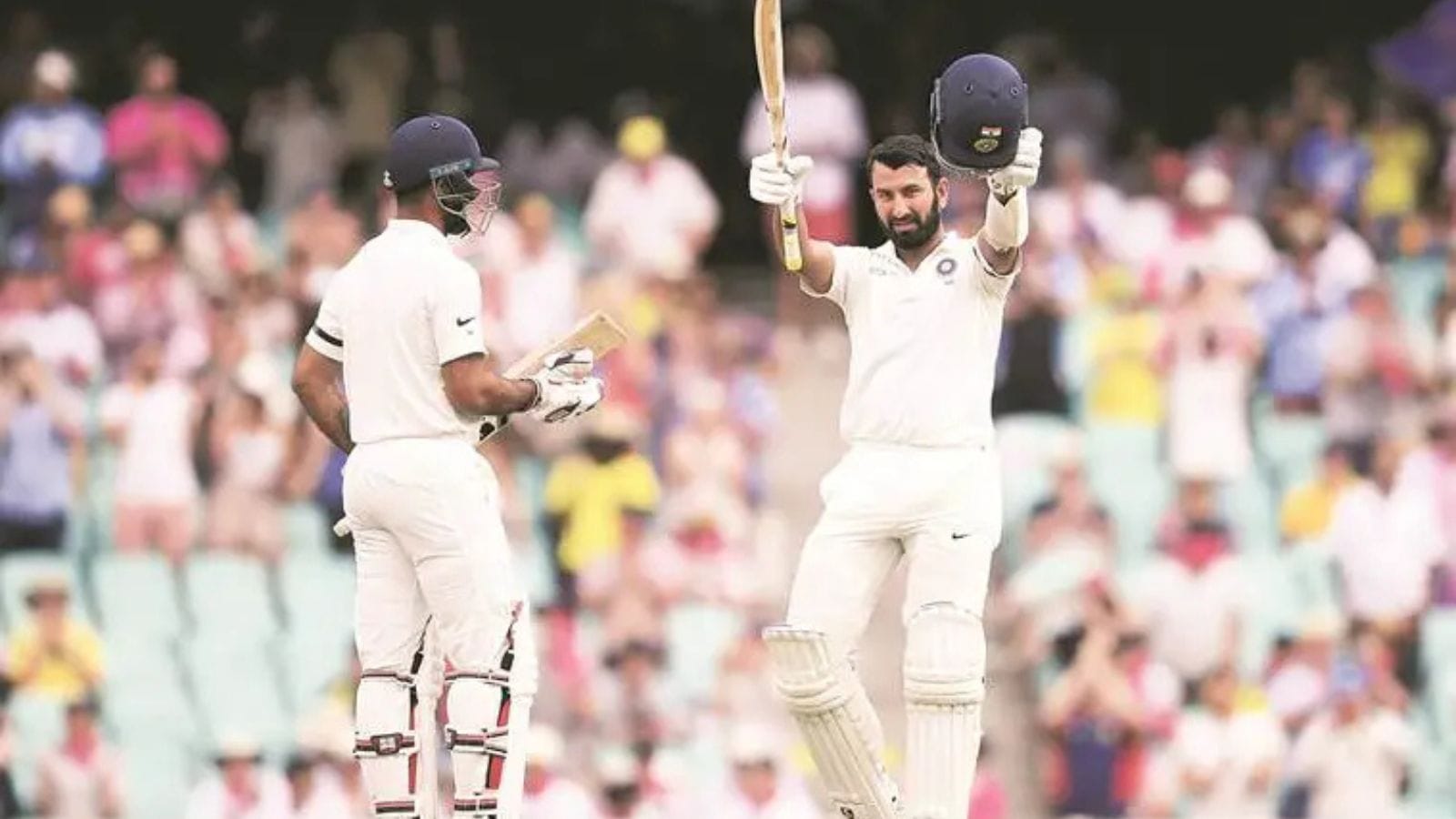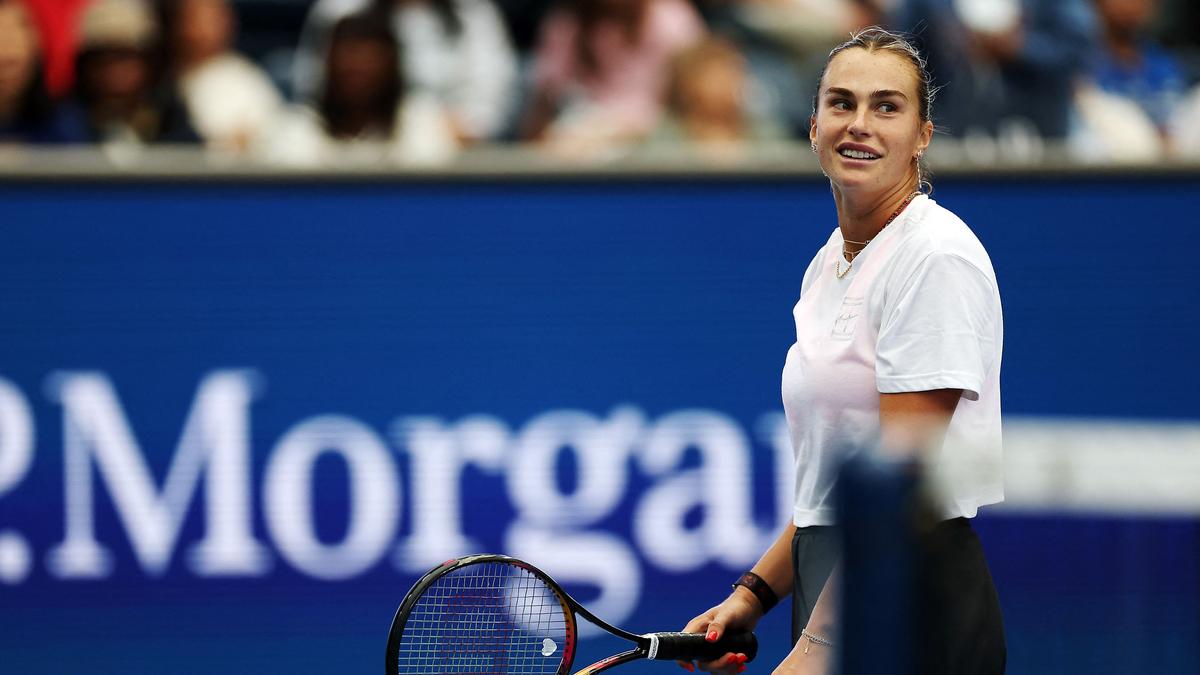Cheteshwar Pujara retires: Why this era of Test batsmanship was Pujara’s as much as it was Virat Kohli’s

The art of batting time has lost its greatest modern devotee. Cheteshwar Pujara, whose best friend on the cricket field was time, and who in his peak batted as long as he wanted to, has bade farewell to the game he loved, and a game that loved him back. The end was as simple as his entire career was, without the obsession for limelight, with a quiet dignity and worldly-wisdom to not expect a perfectly-choreographed farewell. The face when he penned the farewell note would have been as stern as his bat, when he blocked a 90mph thunderbolt rearing to his rib-cage.The numbers he etched are admirable. He retires as his country’s eighth highest run-getter in the longest format (7,195 runs and 19 hundreds at 43.60). A lean spell towards the end of his 103-Test career diminished his average. But the skinny child with gleaming eyes who faced thousand balls a day under a neem tree in Rajkot’s 3, Kothi Ground from his father Arvind, a first-class cricketer and Railway employee, would gleefully and humbly accept the numbers.The legacy he leaves behind would overwhelm him. There have been more talented Indian batsmen, more technically-refined and dominant ones, more artful purveyors. But none could lay claim to the Pujara feat—shape and define India’s maiden series triumph in Australia. A hundred men had toiled for 71 years to conquer the elusive, golden peak.Story continues below this adCheteshwar Pujara in action. (FILE photo) Cheteshwar Pujara in action. (FILE photo)For this, he would be immortalised in the country’s cricketing consciousness, even if his numbers are forgotten. His 521 runs, 1,258 balls he faced, three fourth of which he blunted, and three hundreds in the series would be as precious in India’s cricket history as Sunil Gavaskar’s 774 in West Indies in 1970-71, or the spin trifecta’s 37 wickets in the epochal triumph in England the same season.In Australia in 2018-19, he was the citadel Australia’s formidable bowling virtuosos couldn’t breach. He existed simply as a point of resistance, constructing slow-burn notes of staccato defence. A tired Nathan Lyon, the second-most prolific off-spinner ever, asked him, utterly exhausted: “Don’t you get bored of batting.” He smiled fleetingly, the closest to an emotion he shed on the field. He marked his hundreds with a monkish abstinence from excess celebrations. He often raised both his arms and waved his bat at the crowd with a shy smile.From the land of Mahatma was another practitioner of abstinence and non-violence.In Sydney, after completing a century that stubbed out the home side’s last lingering hopes of a drawn series, he pulled a rare air-punch to celebrate. But he carried the sheepish demeanour of an uncle shaking his leg awkwardly to the latest K-pop in a pub. Century celebrations were withdrawn because his mind would have already begun plotting the next hundred runs. Or two hundreds. For he knew only a mountain of runs could move him closer to achieving his dream of playing Test cricket. Nothing else mattered to him. It was a dream he dreamt with his father, who was stern as well as doting, who raised him by himself after his wife died when Pujara was still a teenager.Story continues below this adBy then, his mother Reena has instilled the virtues of humility and single-mindedness in him. “His personality is because of his mother,” Arvind had once told The Indian Express. She insisted on performing pujas every day. When his father wondered about her insistence, she would tell him. “He will be facing a lot of struggles in life. There will be tough times. Believe me, puja is a kind of meditation and will help him cope with life.”Iceman and match-winnerIn the middle when he was batting, he was always meditating, as though reclining on an old armchair. He slipped into a quiet reverie before the ball, holding the bat in front of his eyes, checking the grip, and tapping the bat a few times on the ground. As the bowler approaches, his eyes turn fiercely firm and focussed, a war raging within, as he decodes the devils of the ball. Whether he stroked a four or dead-batted the ball, his face barely betrayed an emotion. He was the stubborn ice to Virat Kohli’s raging fire. He batted in Kohli’s era. But it was Pujara’s too.He was the stubborn ice to Virat Kohli’s raging fire. He batted in Kohli’s era. But it was Pujara’s tooIn most of the high points India scaled under Virat, Pujara left his stamp too. In Kohli’s first full-series as captain, he composed a tenacious hundred on comeback on a seaming surface in Colombo to complete a stirring turnaround and series win. When Steve Smith’s Australia threatened to conquer India, he compiled a treatise on dissecting spin bowling on a turner in Bengaluru. In his prime, there were few more emphatic players of spin than him. The cut shot against the spinners was arguably his most flamboyant stroke too. The next game, in Ranchi, he stitched a double hundred of staggering concentration, taking blows on his body and repelling an inspired Pat Cummins. He frustrated Australia again, in 2021, when his defiant knocks in Sydney and Brisbane contributed to a thrilling series heist.Like most great batsmen of his era, he conserved his finest for Australia. Against them, home and away, he averaged 49.38 and wrought five hundreds. The man he inherited the No.3 throne from, Rahul Dravid, mustered 38.67 and two hundreds. He aggregated 43.47 in matches India won overseas; Kohli’s corresponding average was 40.57. In winning causes abroad, he scored more hundreds than Kohli too (6 to 4), making him an understated match-winner of his times. He has faced 16,217 balls, 1131 more than Sunil Gavaskar. Only 29 batsmen have faced more deliveries than Pujara. He was not cynically sedate, though. His passage from 50 to 100 was often a breeze, a settled phase he punished the slightest of loose balls.Story continues below this adThere was a tragic streak to his career too. After the Australia pinnacle, when it seemed that his career would soar, it mysteriously slumped. He fought and hoped. He took the ouster from the team on his chin and hit the domestic dustbowls and county green carpets, where he grounded the runs again, and hoped he would get a shot at ending his career on a high it richly deserved. He was snubbed several times in his career, in search of more dynamic batsmen, but he kept bouncing back stronger.With his departure, cricket has lost the last of its stonewalling tenants too. In the Bazball era, in a milieu when the shadows of the shortest format is spreading longer on the longest format, another chip off the Pujara block looks unlikely to emerge. But the world of cricket commentary would be richer, as he showed the requisite to excel with a mic in his hand with his shrewd observations and unaffected tone. He keeps loving the game and the game keeps loving him back too.















